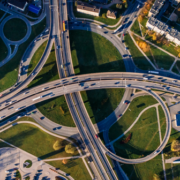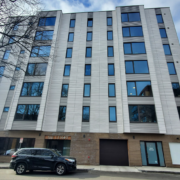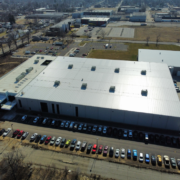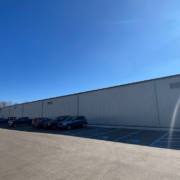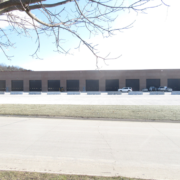The Impact of §179D Deduction on Tax Exempt Buildings
The landscape of tax benefits for energy-efficient construction has undergone a significant transformation in 2023 with the updates to Section 179D. In this blog, we will explore how this program empowers tax-exempt organizations and unlocks exciting opportunities for design professionals like architects, engineers, and design-build contractors.
§179D Changes
179D is a deduction that incentivizes energy-efficient upgrades in commercial buildings owned by tax-exempt entities. Previously, the program focused primarily on government buildings. However, the 2023 updates under the Inflation Reduction Act (IRA) have significantly expanded its reach to include a broader range of tax-exempt organizations, such as:
- Universities and colleges
- Libraries
- Museums
- Religious institutions
- Non-profit organizations
- Tribal lands
- Hospitals
This expansion presents a tremendous opportunity for these organizations to invest in energy-saving improvements while reaping substantial financial rewards.
Benefits of §179D for Tax-Exempt Organizations
While tax-exempt entities don’t pay federal income taxes directly, §179D offers them undeniable benefits:
- Cost Savings Through Increased Efficiency: By incorporating energy-efficient features like advanced insulation, high-performance windows, and upgraded HVAC systems, tax-exempt organizations can experience significant reductions in their utility bills. These long-term cost savings can be substantial, freeing up valuable resources for their core mission. Imagine a school district diverting those saved funds towards new educational programs or a library using the extra resources to expand its collection.
- Unlocking Tax Benefits for Design Professionals: The tax deduction associated with the energy-saving improvements can be allocated to the architects, engineers, designers, and design-build contractors who designed the project. This creates a win-win scenario for both parties. Tax-exempt organizations gain access to valuable expertise and achieve significant cost savings, while design professionals can claim a portion of the deduction, reducing their tax liability.
Eligibility Requirements: Making the Most of §179D
- Building Type: The program applies to commercial buildings owned by tax-exempt organizations. This includes many structures, from schools and libraries to houses of worship and community centers.
- Energy Savings Achieved: The building upgrade must demonstrate a significant improvement in energy efficiency compared to a baseline ASHRAE Standard. The specific percentage of energy savings required varies depending on the project details.
- Compliance with ASHRAE Standards: The energy-saving measures implemented should adhere to the guidelines set forth by the American Society of Heating, Refrigerating, and Air-Conditioning Engineers (ASHRAE). These established standards ensure the effectiveness of the energy-saving measures, maximizing the project’s environmental impact and financial benefits.
Allocation Process
Since tax-exempt organizations don’t pay taxes directly, the §179D Deduction cannot be used against their tax liability. However, the program allows for an allocation process:
- Authorized Allocation Letter: The tax-exempt building owner can issue an authorized allocation letter that designates a portion of the deduction to the design professionals who designed and implemented the energy-efficient upgrades.
- Tax Savings for Design Professionals: The allocated deduction can be used by architects, engineers, designers, and design-build contractors to reduce their federal tax liability. This incentivizes for design professionals to specialize in energy-efficient construction and creates a collaborative environment where the building owner and the design team benefit from the project’s success.
Design Professionals: Showcase Your Expertise!
The expanded Section 179D program presents a significant opportunity for design professionals specializing in energy-efficient construction. Now, more than ever, it’s crucial to highlight your expertise in this area:
- Promote Your §179D Knowledge: Communicate your understanding of §179D eligibility requirements and the allocation process. This will position you as a valuable resource for tax-exempt organizations considering energy-saving upgrades. Develop a section on your website or create brochures outlining your Section 179D expertise. Attend industry events and conferences to network with representatives from tax-exempt organizations.
Partner with Walker Reid
At Walker Reid, we deeply understand §179D and its intricacies. We can collaborate with you to navigate the program effectively, ensuring both the tax-exempt organization and your design team maximize the benefits. Contact us today to discuss how we can collaborate to make energy-efficient construction a reality for tax-exempt buildings.
The §179D Deduction is a powerful tool that promotes energy efficiency in commercial buildings owned by tax-exempt organizations. It offers substantial financial benefits for the building owner and the design professionals involved in the project. By understanding the program’s requirements and allocation process, tax-exempt organizations can unlock significant cost savings, and design professionals can leverage their expertise to secure valuable tax deductions.



